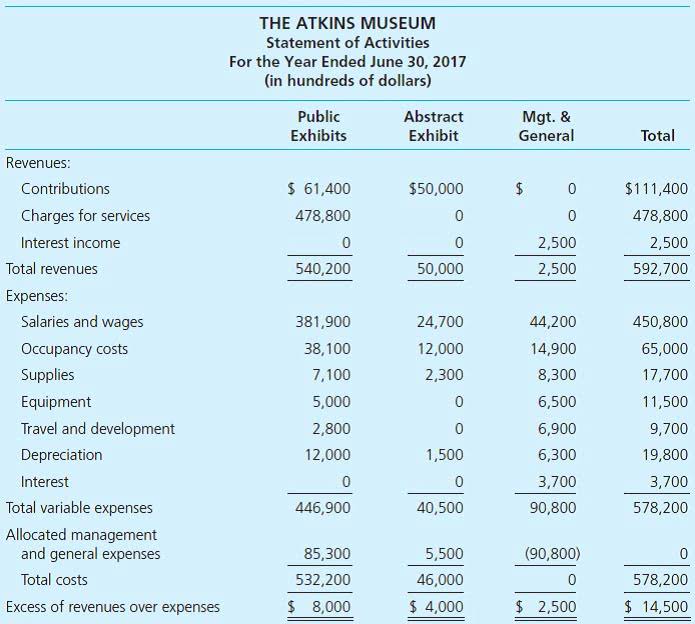
Create a map that visualizes where information comes from, where you should be routing it, and what steps it goes through. You can stop there and monitor the various systems, but the possibilities are endless if you choose to go on. Manufacturers spend much time perfecting and maintaining the tracking of their vendors, purchase orders, supply chains, and inventory. Automated processes can provide all this information instantly to anyone in the organization without taking time and energy away from other tasks.
- It enhances accuracy, speeds up financial operations, and ensures compliance with regulatory standards.
- If there’s one task you automate, payroll is a strong contender when looking at the amount of work you can take off your team’s plate.
- In the mid-2000s, BPO evolved beyond simply being a cost-saving measure to a strategic tool for business transformation.
- You can incorporate automation software into almost any area, from beginning to end, in nearly every industry, including manufacturing, education, and even healthcare.
- That can add up to excessive documentation, more room for error, and technical debt.
Identifying business processes to automate
If you have a business strategy with key business objectives, BPM helps you optimize processes and achieve those objectives. As a result, you can drive meaningful process improvements, increased efficiency and effectiveness, and easier ways for team members to accomplish their goals faster and bpa business process automation with less effort. To return to our example, one big blocker your team has is getting responses from people who aren’t on the customer service team, since they use a different tool. Your customer service members spend a lot of their time manually copying information from one tool to another.
- RPA is just one piece of a successful business automation strategy, not a replacement for or competitor to it.
- Task automation platforms, as mentioned, can deliver major productivity gains in the workplace.
- This period marked the beginning of outsourcing certain tasks to specialized external providers.
- IT managers play a crucial role in successfully implementing automation projects and ensuring alignment with business goals.
- These solutions can be designed in which large amounts of proprietary data are aggregated, organized, and managed automatically by AI to detect patterns, anomalies, and trends in a given process more accurately.
Why is BPM important?

A robotised automation can be hosted in a data centre in any jurisdiction and this has two major consequences for BPO providers. Firstly, for example, a sovereign government may not be willing or legally able to outsource the processing of tax affairs and security administration. On this basis, if robots are compared to a human workforce, this creates a genuinely new opportunity for a “third sourcing” option, after the choices of onshore vs. offshore.
Types of enterprise automation
By adopting such a strategic approach, organizations can better navigate the complex BPA landscape and leverage the right mix of technologies. Business process automation (BPA) is a strategy that uses software to automate complex and repetitive business processes. The main goal of BPA is to streamline day-to-day operations to keep the business functioning smoothly.

Example 1: Automating project tasks
- If you’re still manually working on payroll, you’re missing out on the benefits of automating the process.
- Regardless of the chosen solution, it is prudent to ensure that automation efforts align closely with the organization’s specific needs and overarching strategic goals.
- Imagine the transformation for those tasked with the processes now entrusted to automation.
- Epiplex.ai partners with organizations worldwide to drive growth and success.
- Automation aids organizations in adhering to regulatory requirements by tracking changes in laws and automatically implementing necessary adjustments.
- For this reason, IT leaders should increase their strategic focus on enhancing automation capabilities if they wish to stay ahead.
These tools analyze data from various business systems to discover, monitor, and improve real processes by extracting knowledge from event logs readily available in today’s cloud-computing information systems. For example, after rolling out a new integration between tools for your customer service team, monitor tool usage. If not, host additional training and enablement sessions to encourage adoption. Below, we delve into some of the most prevalent technologies shaping the latest process automation solutions and explore their transformative impact on modern BPM. In a Camunda survey, 97% of enterprise IT decision-makers recognize the critical role of process automation in digital transformation. Additionally, 84% of respondents intend to boost their investments in process automation.
How is BPA different from business process management (BPM)?
Whatever method you prefer, automation can assist in the creation of these tasks and even the closure of tasks in some cases. In the manual approach, process experts typically interview subject experts and users to create a process map. The automated approach uses technologies, like process mining, process capture, and process intelligence, to create a similar result. Business process automation often gets confused with business process management (BPM)—and for good reason. After all, business process management is the umbrella term for various automation techniques.

For example, predicting which customer behaviors will persist post-pandemic — from wildly fluctuating demand to heightened health and safety precautions — can be tricky. But one area you can control is how you manage the experiences you create for your customers. Automation, especially automation combined with AI, can help you fix or refine these experiences, resulting in higher sales, better use of resources and greater customer satisfaction.
- Digital transformation depends on process automation, which often begins with converting information into computer-readable formats that then become part of enterprise-wide automation.
- As you do, establish metrics for success or failure, in order to evaluate whether this process is better than the one you already had in place.
- Business process automation (BPA) is the practice of using software to automatically execute repetitive tasks related to a company’s essential procedures.
- This article explores the changing landscape of business automation, why it matters now and what to consider when using automation within your own organization.
- The evolution of business process automation holds immense promise for organizations willing to embrace and harness the power of intelligent automation technologies.
